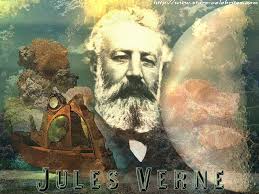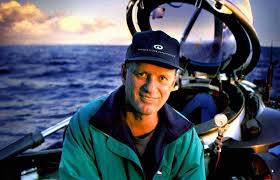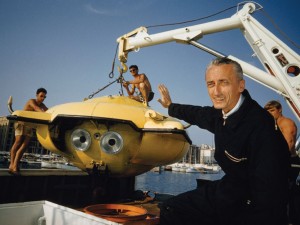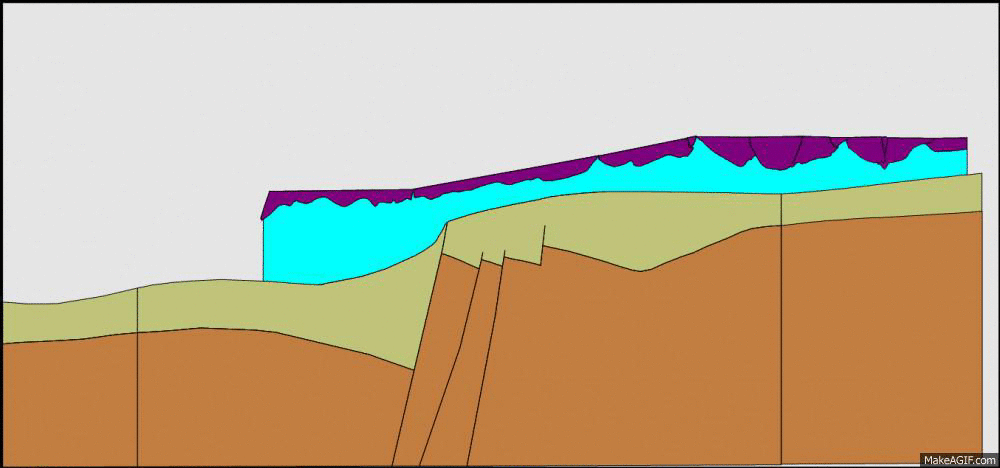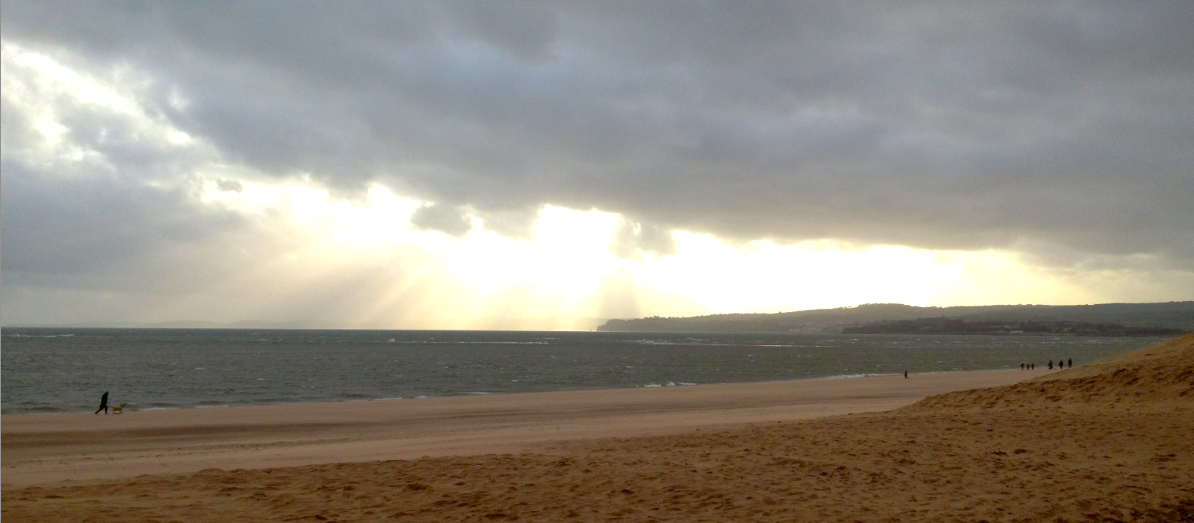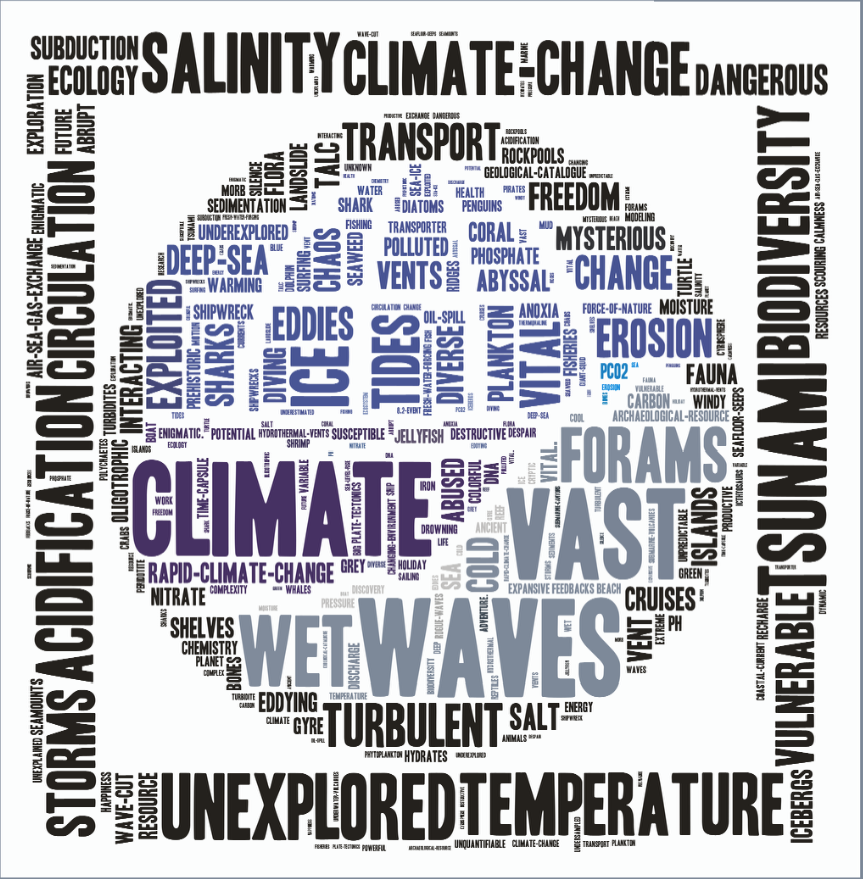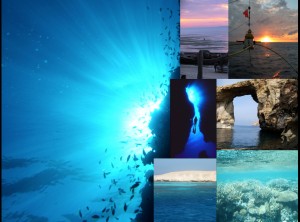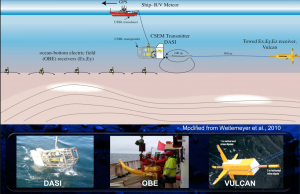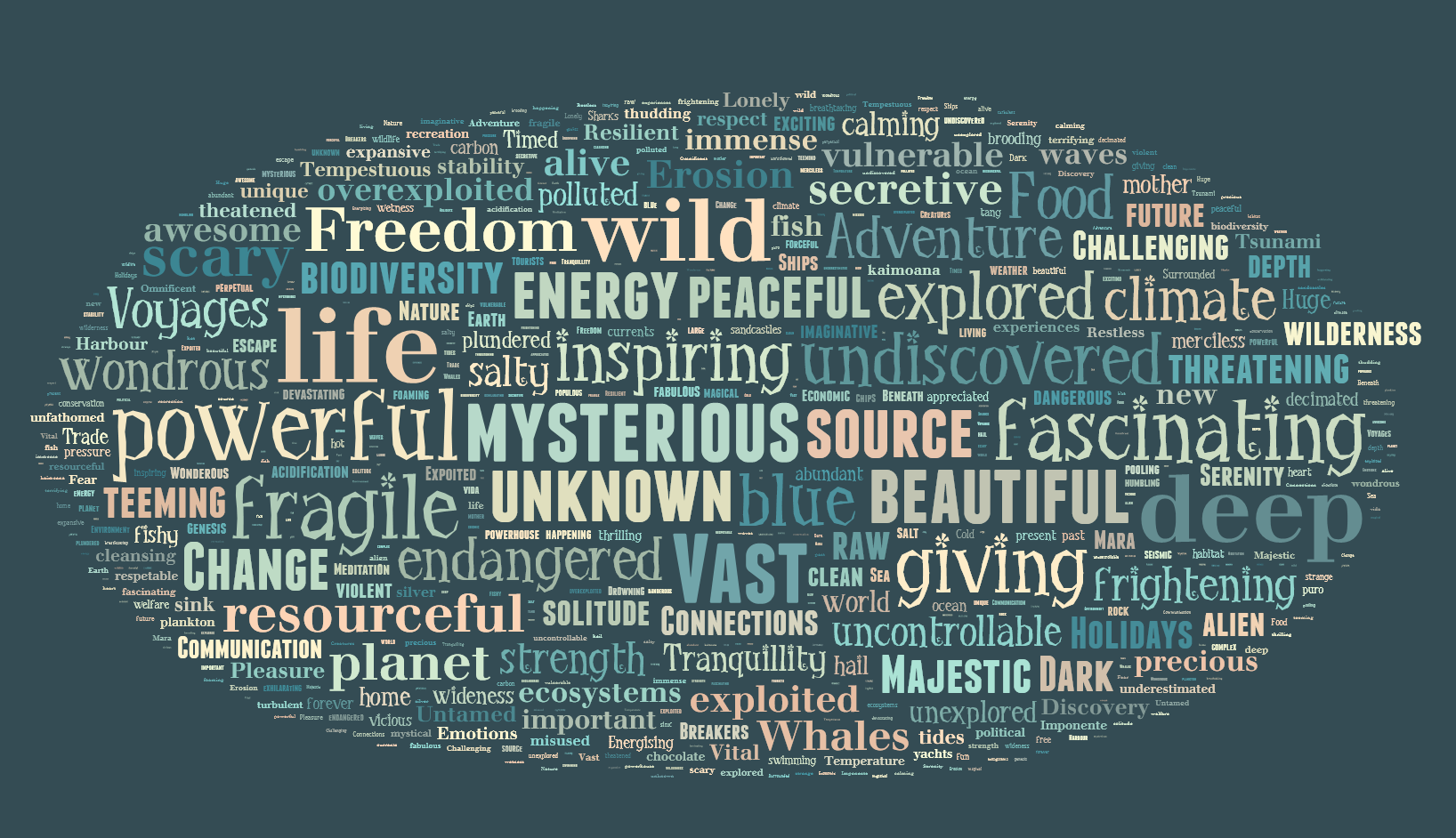
Your Word Cloud!
Good Evening MOOCers!
Just a quick update tonight, so far we have had over 500 words submitted in the "What does the ocean mean to you?" activity, it is fair to say that the most enjoyable aspect of facilitating this course so far has been the overwhelming response on the Padlet walls, we have each really enjoyed looking at the nearly 1000 pictures you have uploaded or shared with us, and it has really made it clear that the ocean means something special and unique to all of us.
Continue reading →

